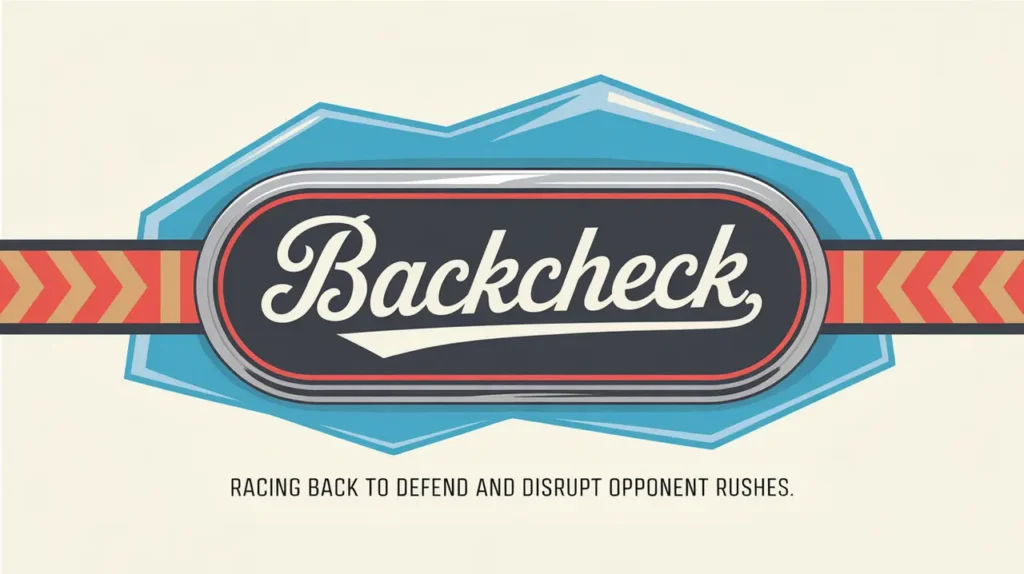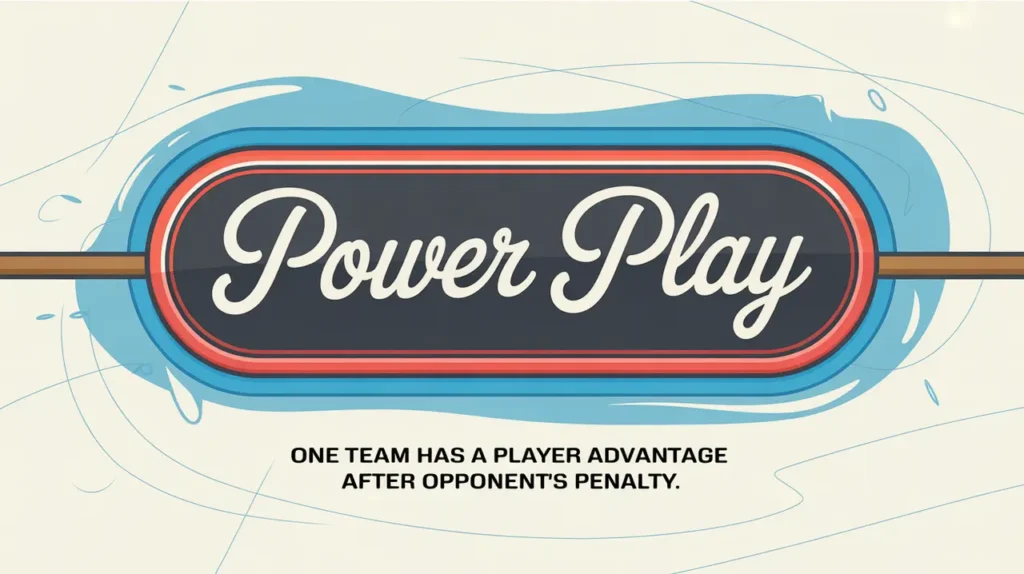Jim’s Intro to Goalie Interference
Hi folks, Jim here, the only commentator who once yelled “That’s interference!” at a wedding when someone bumped the cake table.
What is goalie interference?
Goalie interference happens when an attacking player impedes a goaltender’s ability to do their job inside or near the crease, whether by physical contact, screening illegally, or occupying space they’re not entitled to. It can nullify goals, result in minor penalties, or both, depending on the severity and timing of the infraction. The crease is the goalie’s domain, and interference rules protect their ability to move, make saves, and maintain position.
How does it work?
Goalie interference is governed by a mix of positional rights and timing:
Inside the Crease:
- Attackers have no right to be in the crease unless the puck is already there.
- Any contact with the goalie that prevents them from making a save can result in disallowed goals or penalties.
Outside the Crease:
- Goalies don’t have unlimited protection outside the crease, but attackers still can’t initiate contact or obstruct movement.
- If the goalie ventures out and contact is incidental, referees decide based on who initiated it.
Incidental vs. Intentional Contact:
- Incidental contact (light bumps without affecting play) may result in no call.
- Intentional or avoidable contact (collisions, standing in the crease, screening illegally) can wipe out goals or lead to a two-minute minor.
Goal Reviews:
- If a goal is scored and there’s potential interference, officials can review the play to determine if the contact prevented the goalie from making a save.
- If it did, the goal is disallowed.
Common Examples of Goalie Interference
- Stationary in the Crease: An attacker sets up camp in the crease and screens or bumps the goalie.
- Crashing the Net: A player drives hard to the net and collides with the goalie, even unintentionally.
- Stick or Glove Contact: Hitting the goalie’s glove or stick while they’re trying to make a save.
- Pick Plays: Intentionally blocking the goalie’s path as a shot comes through.
- Rebounds and Scrambles: Standing on top of the goalie during loose puck battles.
How do you make good decisions with it?
Smart players avoid goalie interference through awareness, positioning, and control.
- Know Your Space: Don’t park in the crease unless the puck is already there.
- Drive the Net Smartly: Control your speed and body when attacking the net to avoid colliding with the goalie.
- Screen Legally: Set up just outside the crease so you screen the goalie without making contact.
- Read the Goalie’s Movements: If they’re cutting across to make a save, get out of their way.
- Rebounds: Attack loose pucks with control, not chaos. Knocking over the goalie kills scoring chances.
How do you master it?
Mastering this rule is about precision and discipline. The best net-front players know exactly how far they can go to screen or battle without drawing a penalty or costing their team a goal. They plant their skates just outside the crease, keep their sticks active, and use their bodies to legally shield or redirect shots. Skilled goal scorers learn to read how refs interpret interference and play right on the line without crossing it.
What does it look like when done right?
A perfect net-front presence is just outside the blue paint, screening the goalie’s eyes while staying clear of contact. The puck comes through traffic, the goalie can’t see it, and the goal stands. On rushes, skilled attackers peel away or stop short rather than bulldozing into the crease. Defenders don’t have the excuse to push, and referees have no reason to blow the whistle.
Commentator’s Corner
Jim’s Take
I’ve seen more goals erased by lazy crease presence than by missed shots. If you’re in the goalie’s kitchen, you better not knock over the chef.
Parent Tip
Help young players learn where the crease is and why respecting it matters. Teaching clean net-front play early builds smart habits.
Player Tip
Own the space outside the crease. Be annoying, not illegal. The best players live in that grey zone without crossing the line.
A Final Thought
Goalie interference is about respecting space while applying pressure. Master that balance, and you become a nightmare for goalies and a hero for your team. Cross the line, and you might erase the biggest play of the night.









